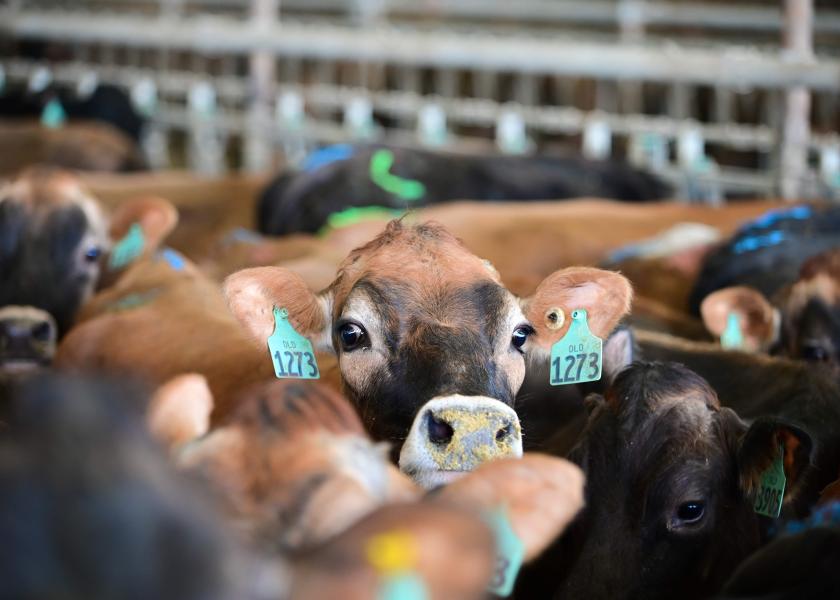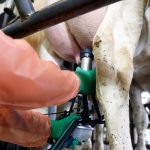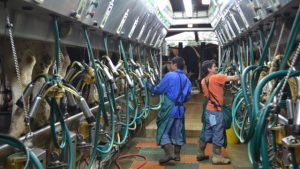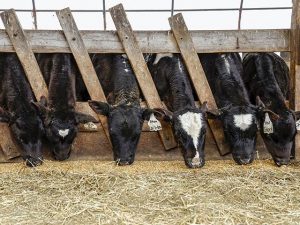
The U.S. dairy industry is poised on the brink of significant growth, as illustrated by Farm Journal’s State of the Dairy Industry report. According to the report, nearly 70% of the respondents experienced profit in the past five years, and more than half plan to expand in the next five years.
Erica Maedke, vice president of Insights for Ever.Ag, highlights that U.S. dairy producers have long been constrained in their ability to grow. However, now, with billions of dollars allocated for future growth, the landscape is indeed changing.
“In the center part of the country, there are some huge expansions as we think about the Lupino plant in Lubbock, Texas,” she says. “Millions of pounds of milk a day have to come from somewhere. The Hilmar plant in Dodge City, Kansas, is going to need roughly 8 million pounds of milk a day. That’s a lot of cows that aren’t there today. As we look at that southwestern region especially, it’s going to be a deficit region. In the past they had balanced additional milk from other regions. Now they’re going to be needing milk to come from other places.”
Despite these growth opportunities, Maedke points out that the high cost and short supply of heifer replacements could pose challenges to increasing milk production. The ability to flip the switch to higher production will be tested.
Although Michael Dykes, president and CEO with International Dairy Foods Association (IDFA), is extremely optimistic about dairy farmers’ adaptability and willingness to grow.
“I know dairy farmers; if the market is there, they will grow,” he confidently states., outlining that large dairy farmers especially want to grow. “If there’s a market demand for the milk, they’ll find a way to start producing more heifers with sexed semen. They’ll find a way to make the terms they will work with rations; they’ll increase the milk production per cow. I’m a firm believer that dairy farmers respond to the market signals, and I believe I’m a firm believer that the milk will be there.”
The Importance of Export Markets
Stephen Cain, senior director of economic research and analysis with National Milk Producers Federation (NMPF), emphasizes that the export market has become more critical than ever, given the upcoming surge in milk processing.
He explains, “That’s a very key piece here,” highlighting the tension between what is being produced and the capacity to move and absorb it domestically. “We’re going to need to look towards the export market to move some of this additional capacity.”
Cain points out that the excess production capacity might force plants to either reduce their runtimes or not operate at full capacity. He warns that with more processing capabilities in the pipeline, this could potentially lead to the closure of inefficient plants. “The export market is going to be key for us moving some of this product overseas,” Cain says.
The need to engage more with export markets comes with its own set of challenges and opportunities. By gaining market share overseas, the industry can potentially navigate the increased competition from the European Union and New Zealand.
“That creates the challenges and opportunities as well for us to gain market share in places where we’re seeing increased competition from the EU and New Zealand,” he says.
To delve deeper into these insights and hear more about the challenges U.S. dairy producers face, listen to the full Farm Journal State of the Dairy Industry webinar at: Farm Country Update – Farm Journal
You can now read the most important #news on #eDairyNews #Whatsapp channels!!!
🇺🇸 eDairy News INGLÊS: https://whatsapp.com/channel/0029VaKsjzGDTkJyIN6hcP1K























